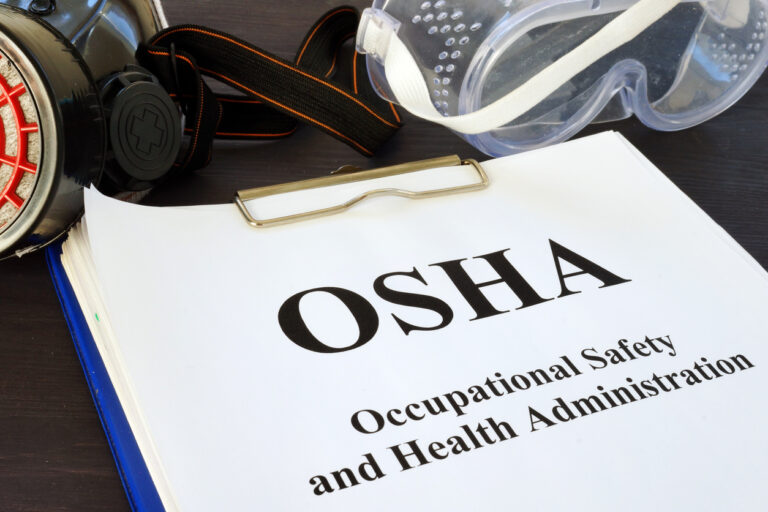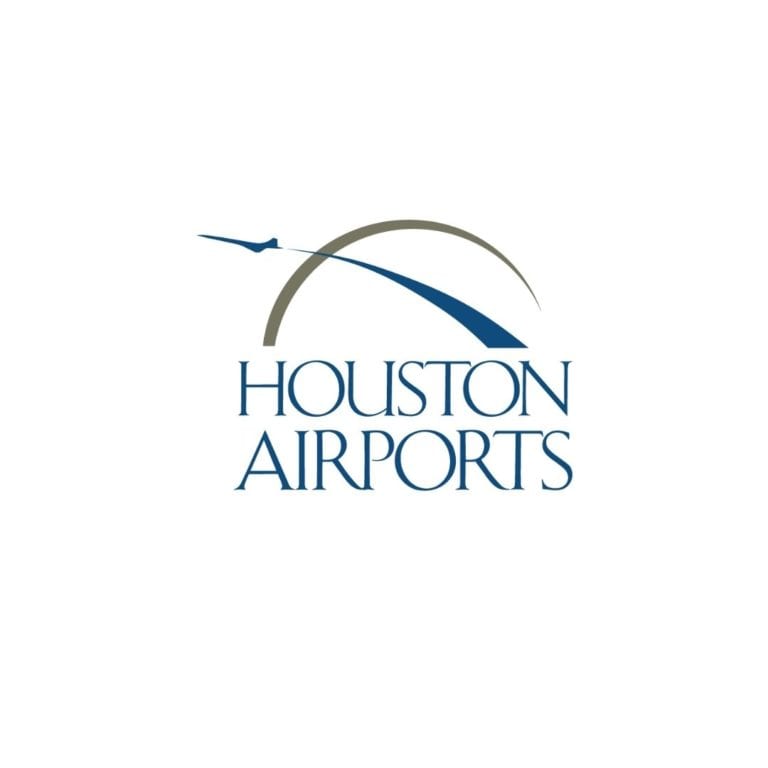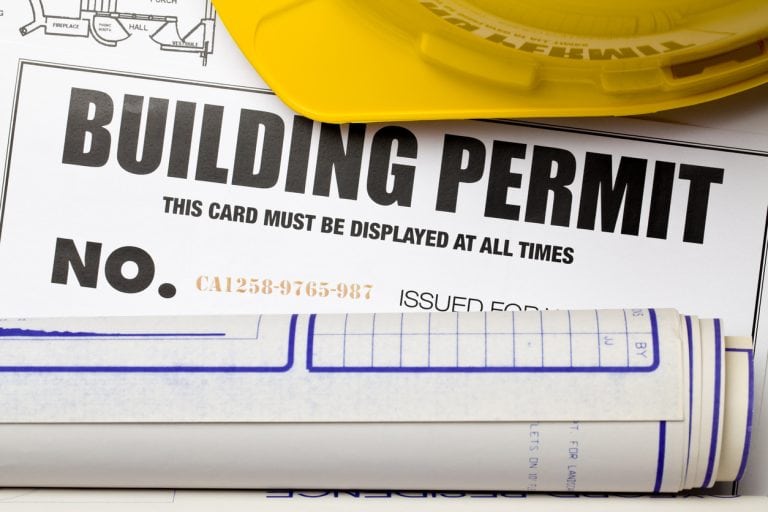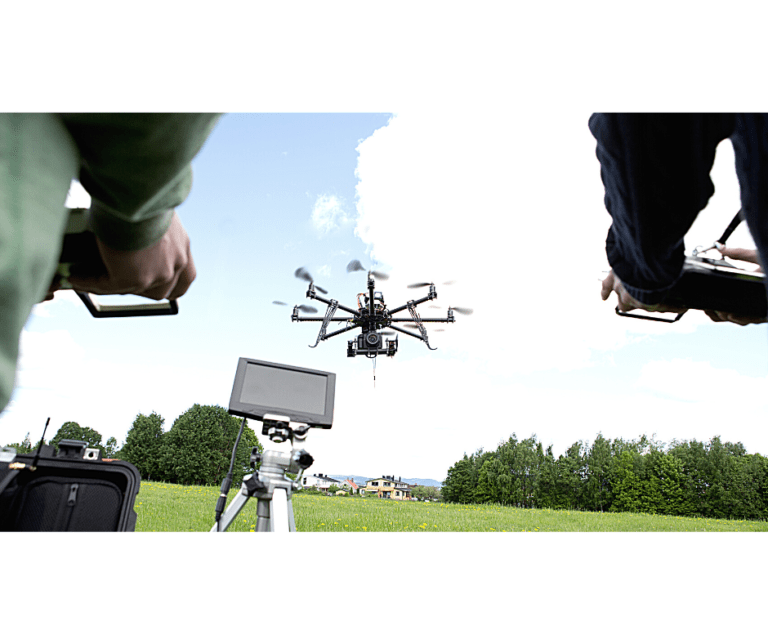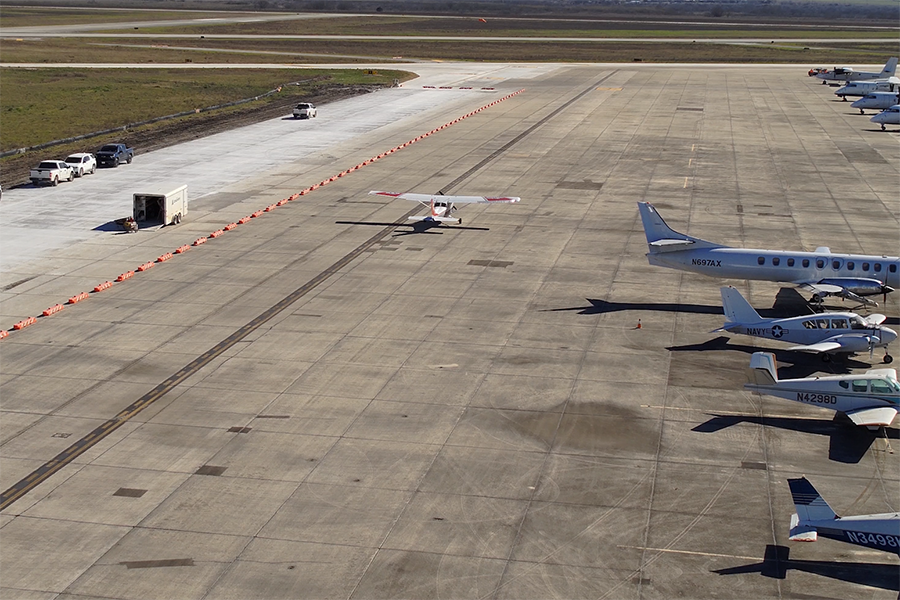
SAN MARCOS, Texas — The eyes of Texas are upon the moon in early April, and airports will be a popular destination to see the total solar eclipse. Whether viewers take to the skies or stick to the ground, it might be good to also appreciate the work that’s done to support Texas aviation.
The Federal Aviation Administration is warning the nation that airspace could be busy on April 8 for the total solar eclipse, but parking at many Texas airports could be busy too as people find a safe space to park and see the event.
At the San Marcos airport on a clear, sunny day in late February, traffic was already busy on the runway. Planes maneuvering back and forth, coming and going into the air, but also construction workers and heavy equipment placing a new section of pavement. It’s one of several ongoing projects at general aviation airports throughout the state.
“There’s an enormity of air travel that happens daily, rain or shine, night and day. Business and personal flights continually operate all over the nation,” TxDOT Aviation project Manager Ed Mayle said.
Mayle oversees the pavement improvement project at the San Marcos Regional airport. It’s part of the Aviation Capital Improvement Program that works to preserve existing facilities, respond to airport needs both current and future, and improves safety.
“The airport is original World War II, which means the concrete on those taxiways has been here since the 1940s,” said Cassidy Berenato, Vice President Texas Aviation Partners. “So they weren’t in the best of shape, and that’s a safety concern for us.”
Berenato also said planes were having to maneuver around the deteriorating concrete while on the ground, and this project will help keep airport traffic running safely and efficiently.
“The assistance from TxDOT is imperative. There’s no way that a municipality would be able to maintain an airport of our size using strictly city funds,” Berenato said.
Mayle said keeping these airports running is vital to local and state economies. Texas general aviation airports provide more than 48,000 jobs, with $2.5 billion in payroll and $9.3 billion in total economic output, according to a 2018 study. They also help the agricultural industry, conduct surveys and support communities during natural disasters like Hurricane Harvey.
That economic driver is set to be in the spotlight as many Texas airports will be filled with people trying to see the total eclipse on April 8. Many of these rural area airports are in prime locations to see the totality and have plenty of parking space.
The San Marcos Regional Airport is just on the edge of totality, but as other airports fill up, people may come to see the show.
“We’re not entirely sure what to expect for the eclipse at this point, but we’re preparing,” Berenato said. “We’ll be ready and we hope to see at least some people out here to watch it with us.”
Soon after the galactic show, the airport will have shiny new pavement, helping hobbyists and businesses alike reach to the skies.
“It’s a great accomplishment. You walk away from a project like this knowing that the end product is good for another 50 to 80 years. So that’s what we want,” Mayle said.
By: TxDOT



